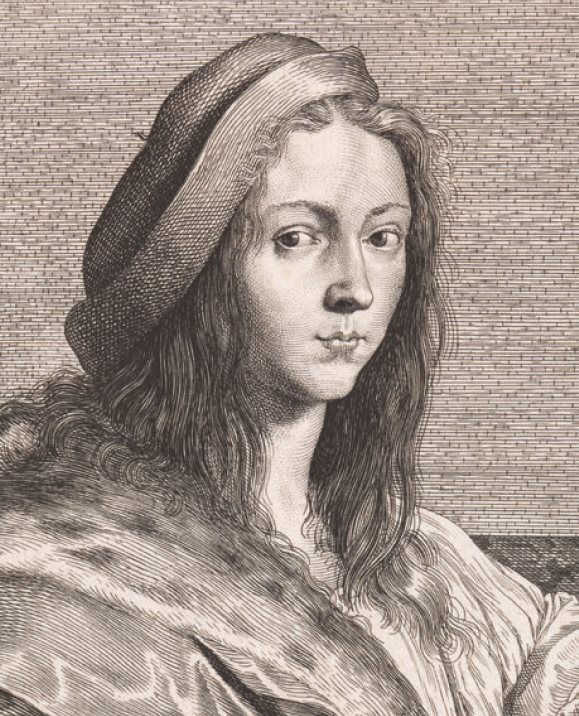Abstract
Portrait of a Young Man, attributed to Raphael and until the Second World War kept in the Czartoryski collection, occupies a special place in the history of Polish culture. It has become something of a symbol of the wartime losses suffered by Poland. An important role in the history of interpreting and analysing this work was played by prints. An investigation into the printed reception of the portrait shows how differently the painted work was translated into the language of printmaking throughout the centuries, depending on the employed techniques as well as the printmakers’ skills and intentions. Above all, however, it demonstrates that this transposition to a different medium often went beyond simple repetition, reflecting the key artistic and aesthetic dilemmas of a given era or milieu. What is more, prints made after Portrait of a Young Man brilliantly showcase the ambiguous nature of so-called interpretive printmaking: while it resulted from the popularity of certain works, it simultaneously contributed to their fame. An analysis of the presented examples leads to the conclusion that prints, and more specifically the inscriptions accompanying them, emphasized what – according to printmakers and publishers – rendered the painting attractive to its viewers. Most of them highlighted the fact they were made after the image of “divine” Raphael painted by his own hand. The same issues, i.e., the identification of the portrayed sitter and the attribution of the unsigned work, later troubled art experts and historians, who attempted to academically analyse Portrait of a Young Man starting from the first half of the 19th century.

This work is licensed under a Creative Commons Attribution 4.0 International License.
Copyright (c) 2020 Joanna Sikorska (Autor)


